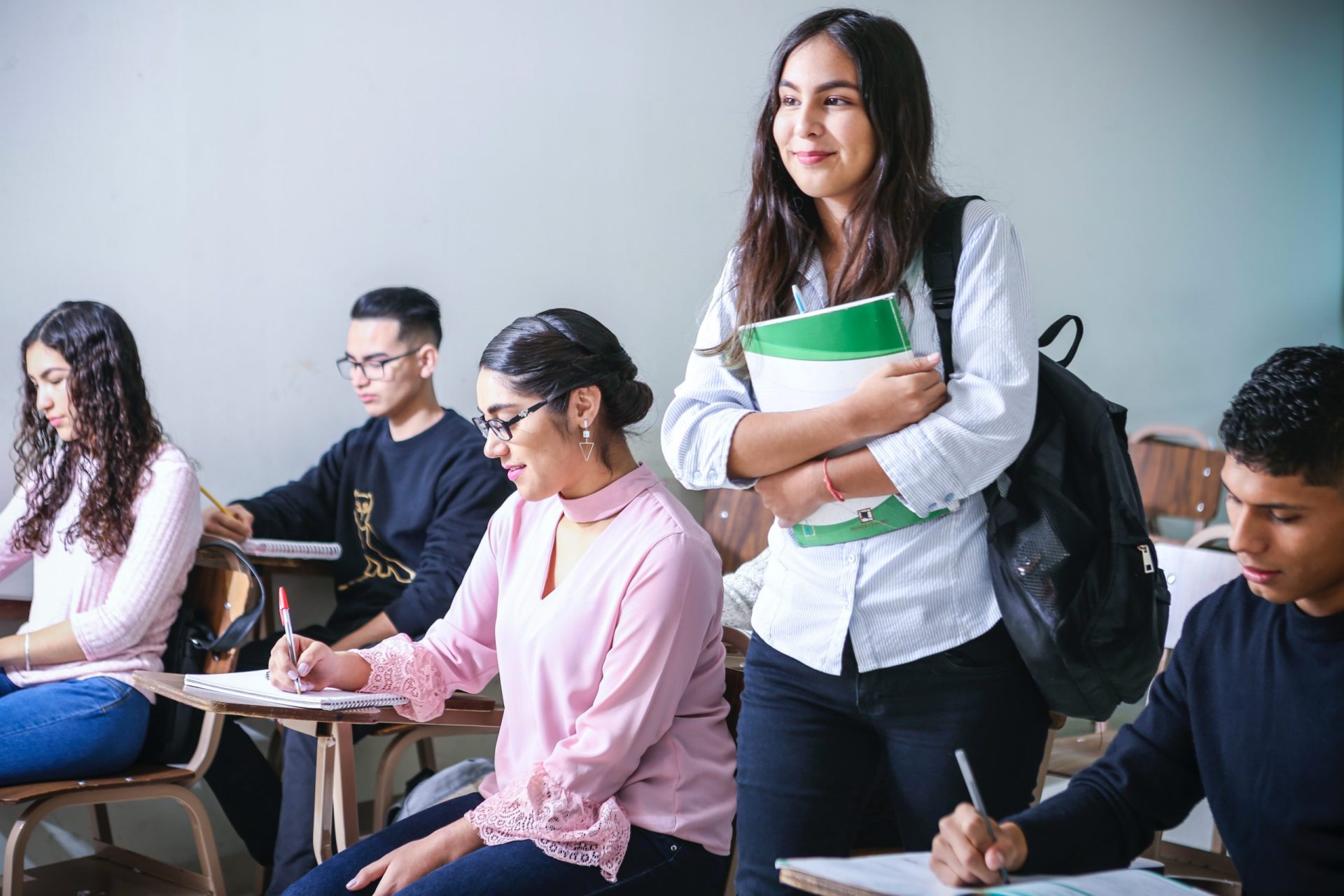Few things have a greater impact on our communities than education. Although organizations in the education sector have diverse needs and audiences — including students, families, and teachers — institutions of K-12 learning, higher education, and education nonprofits all share the goal of student achievement.
Effectively communicating how your specific organization furthers that goal is critical to its success. By applying current trends in education communications, you can advance your organization’s goals.
JR Communications has closely followed trends in education communications throughout our work with education nonprofits, such as the DC College Access Program (DC-CAP), a nonprofit dedicated to increasing college graduation rates among underrepresented students in the Washington, D.C. area.
Whether you’re communicating on behalf of an educational institution or an education nonprofit, keep these current trends in mind.
Importance of Value
At its core, any form of education relies on a shared commitment between the student and the teacher. Branching out, this commitment extends to those who have an impact on education: the student’s family, the school, the community, and affiliated organizations like nonprofits.
Effective communications must share this commitment. Think about all the investment the previously mentioned individuals and groups put into education — in time, effort, decision making, and finances. Because of this, your target audiences care greatly about value. Your strategic communications plan should show your audience how your organization supports or provides a return for their investment.
In our work with education nonprofits, we plan for ways to integrate messaging with news stories that relate to this investment. For example, topics like student loans, increased costs for tuition and supplies, and/or alternatives to four-year degrees (including community college, continuing education, or trade schools) are frequently in the news. By strategically tying a nonprofit’s messaging to these stories, we can effectively get in front of target audiences.
Peer Influence
Students and their families acquire information related to education from their peers, whether through in-person conversations or, increasingly, online discussions. They connect to their peers more deeply and perceive them as more reliable, authentic, and empathetic. Therefore, information received from their peers is memorable and impactful. Consider how many rely on online reviews of local businesses — like this, students and their families frequently rely on recommendations about educational institutions, programs, and nonprofits through social media platforms such as Facebook, Instagram, or YouTube.
Your communications should harness this trend in order to meet students and families where they’re at. At JR Communications, we do this for our partners by emphasizing student success stories. These students’ stories are able to shape your audience’s understanding of the organization’s mission by highlighting the impact it has on their community.
Personalized and Interactive Media
After extended online learning during the COVID-19 pandemic, students and their families adapted to using online resources to make decisions related to their education. Instead of attending in-person information sessions or picking up printed collateral during business hours, they are relying on finding information online at any time of day.
There are many ways that your organization can adapt and continue to provide impactful communications. One way is through the use of chatbots. Chatbots use artificial intelligence to help students navigate processes like college admission, financial aid applications, and more. This allows the student to have personalized guidance 24/7 without increasing demands on your organization’s staff and can funnel students to segmented information tailored to their specific needs. Further, your organization’s staff can have more bandwidth to meaningfully connect one-on-one with students and their families who need additional support. For students and their families, being heard makes a difference in retention and success.
A smaller way your communications strategy can employ interaction is through the use of QR codes. Attendees at in-person events can scan these small square barcodes using their smartphone cameras to automatically open up specific webpages. You could use a QR code to direct your audience to a registration form for your newsletter or a webpage with more details. QR codes are free to create, although paid options can provide analytics and other features.
Looking Ahead
As education adapts to the preferences of new generations and diverse communities, the way your organization communicates to its audience must adapt too. Much of education occurs on a cycle: back-to-school, college decision deadlines, scholarship applications. Each of these provides an opportunity for your organization to integrate these communications trends in your strategy and increase your impact.
JR Communications benefits from its team of senior-level professionals with experience in all aspects of communications, including for educational institutions and education nonprofits. In fact, our director of client services, Sinikka Mondini, has led communications in a K-12 school district and brings key insights from that experience to our partnerships.
By applying current trends, our JR Communications team is best able to support our partners in the education space in achieving their goals.


Leave a Reply